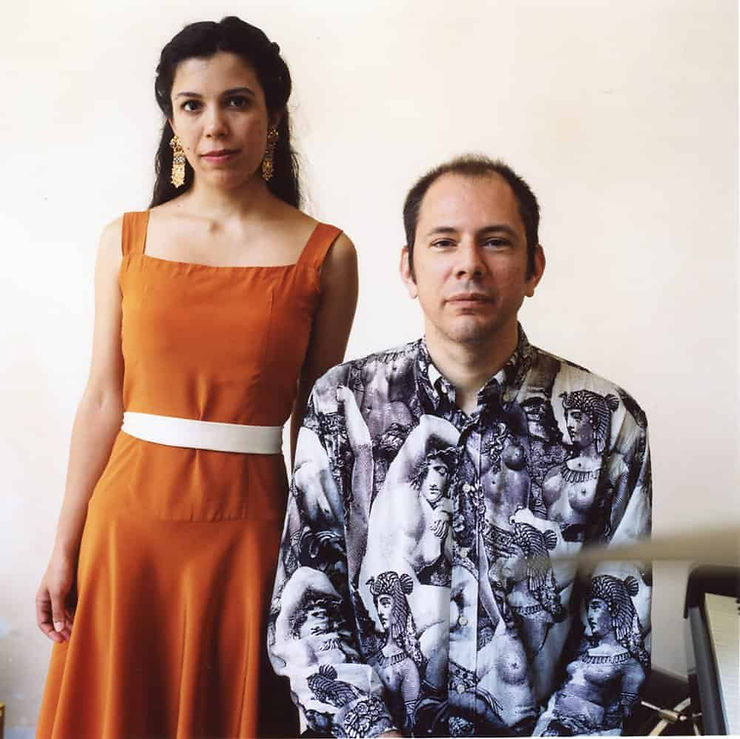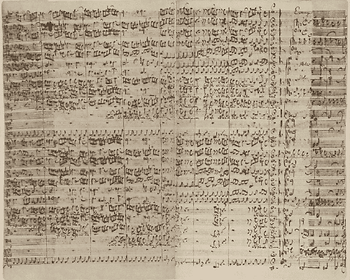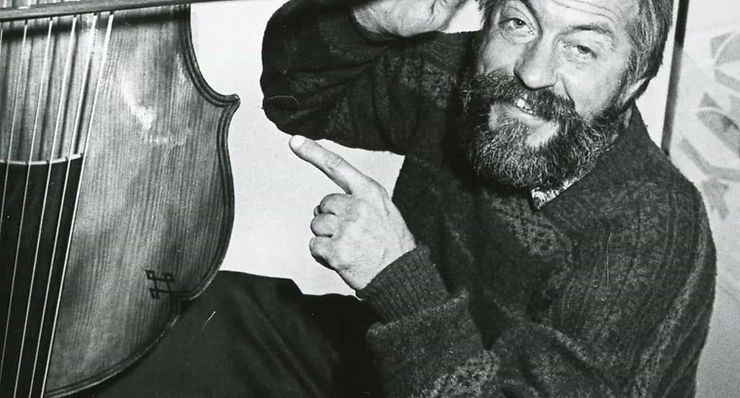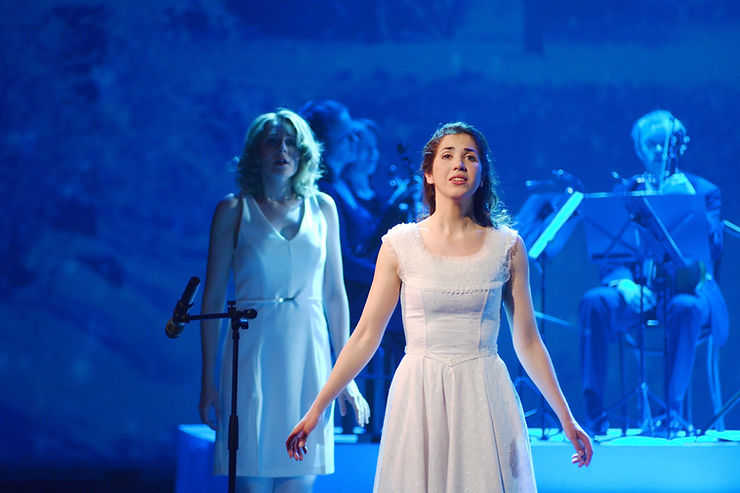
In a recent, and almost surreal discovery, a previously unknown work by Wolfgang Amadeus Mozart has emerged from the depths of Leipzig’s Carl Ferdinand Becker collection, marking a rare historical moment for music lovers. This string trio, humorously dubbed “Ganz kleine Nachtmusik” (“Quite Little Night Music”), was written by a teenage Mozart back in the 1760s, a period when he was beginning to show flashes of the genius we now celebrate. The piece, rediscovered in brown ink on handmade paper and likely copied around 1780, received its world premiere in Salzburg on September 19, 2024, making it the first performance of the work in over 260 years.
An Honest Take on Mozart’s Newfound Piece
Let’s get one thing straight: this piece is classical through and through. It’s vintage Mozart, a snapshot of his style before he became the defining figure of Western classical music. Given his age at the time, it’s a stretch to expect anything groundbreaking. This is a work of a young genius in development—not yet revolutionary but undeniably refined. However, would we listen to it, or would I be writing about it, if this identical piece were by an unknown composer from that era? Honestly, I doubt it.
Much of the weight of this music comes from its composer’s name alone. “Wolfgang Amadeus Mozart” has become nearly synonymous with classical music, giving this piece, and everything attributed to him, a prestige that few other names could command. It’s not that the composition doesn’t deserve attention; it’s that the name “Mozart” does much of the heavy lifting.
I’m as thrilled as any classical music enthusiast to witness this kind of discovery in my lifetime. It feels like a rare privilege to be part of a moment that brings something genuinely new from a composer who passed over 230 years ago. Yet, this event also highlights how classical music, much like other genres, can be affected by branding and reputation. Historically, opportunists exploited Mozart’s name after his death, attaching it to pieces they hoped to sell as his “lost” compositions. In fact, this ongoing phenomenon gave rise to the original Köchel catalog in 1862, created to separate authentic Mozart works from imposters.
This moment reminds me that even the classical world, often thought of as untouched by marketing, relies heavily on name recognition. Would we ever have known of this piece had it been by a relatively unknown composer from Mozart’s era? There’s something bittersweet about that, especially when you think of the thousands of contemporary compositions that will likely never receive a similar platform. They may be brilliant works, but they simply lack the backing of a legendary name to push them into public consciousness.
The Piece: A Soothing Miniature Masterpiece
“Ganz kleine Nachtmusik” itself is a delightful composition, structured into seven short movements that exude a gentle, serene charm. The style is firmly classical, with echoes of late Baroque concertos that were popular at the time, particularly in its balanced structure and smooth harmonic transitions. Mozart’s touch is evident in the melodic control and sense of symmetry, which together create a soothing experience from start to finish. While this is no grand symphony, it’s incredibly pleasant—a comforting reminder of the timelessness of Mozart’s work, even from his formative years.
Experiencing a newly discovered piece from a composer whose legacy has been studied for centuries is a rare and fascinating experience. This piece invites us to encounter Mozart at a pivotal time in his life, offering a glimpse into the creative process of a young prodigy whose music would go on to define an era.
#MozartRediscovered #GanzKleineNachtmusik #ClassicalMusicReview #MozartLegacy #ClassicalDiscovery #LostMozartPiece #MozartTrio #LeipzigLibraryFind #ClassicalGenius #MusicHistory #NewMozartRelease #ClassicalComposition #WolfgangAmadeusMozart #KöchelCatalog #MusicOfMozart #InstrumentalMusic #ClassicalInstrumentalMusic








